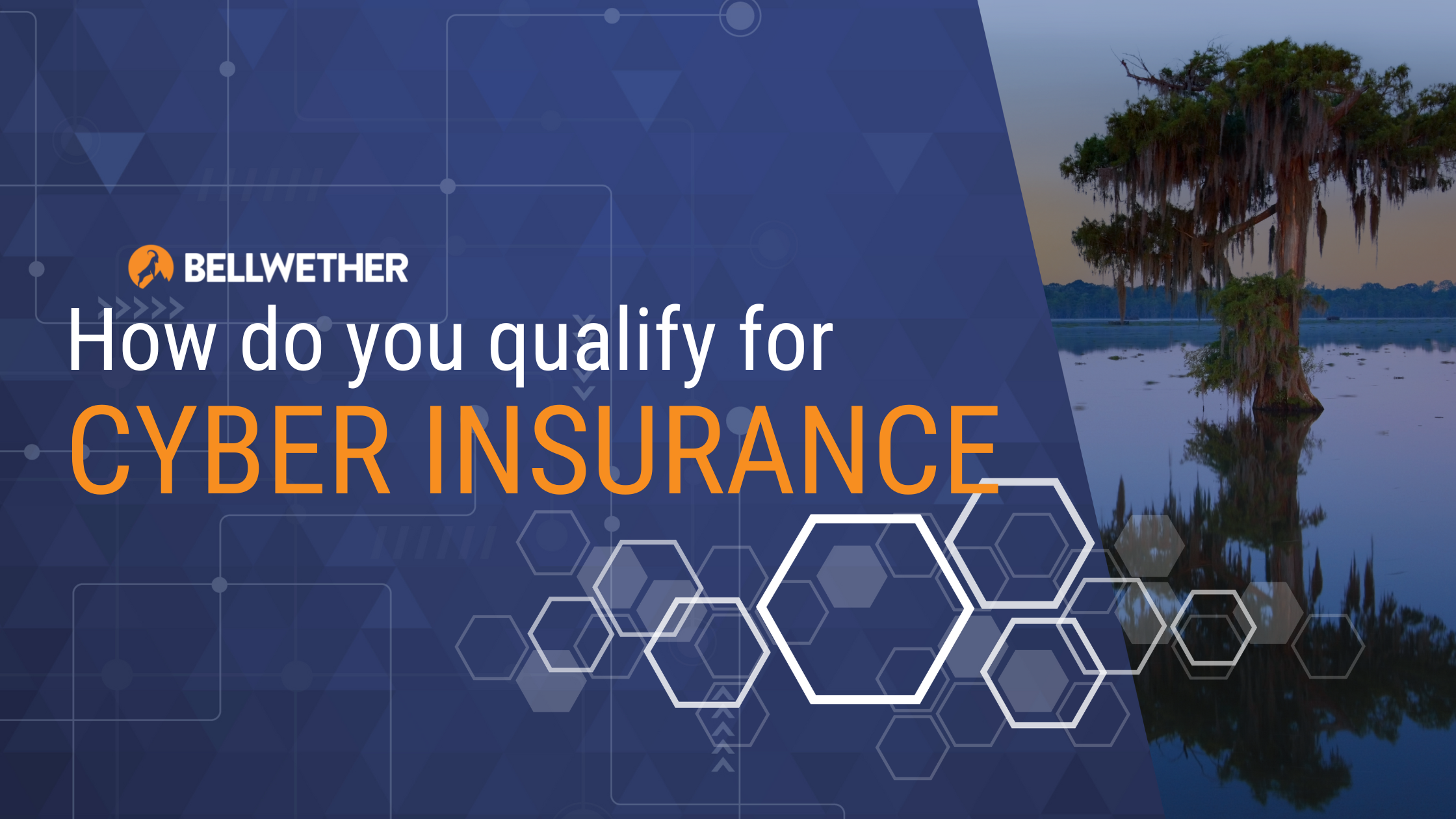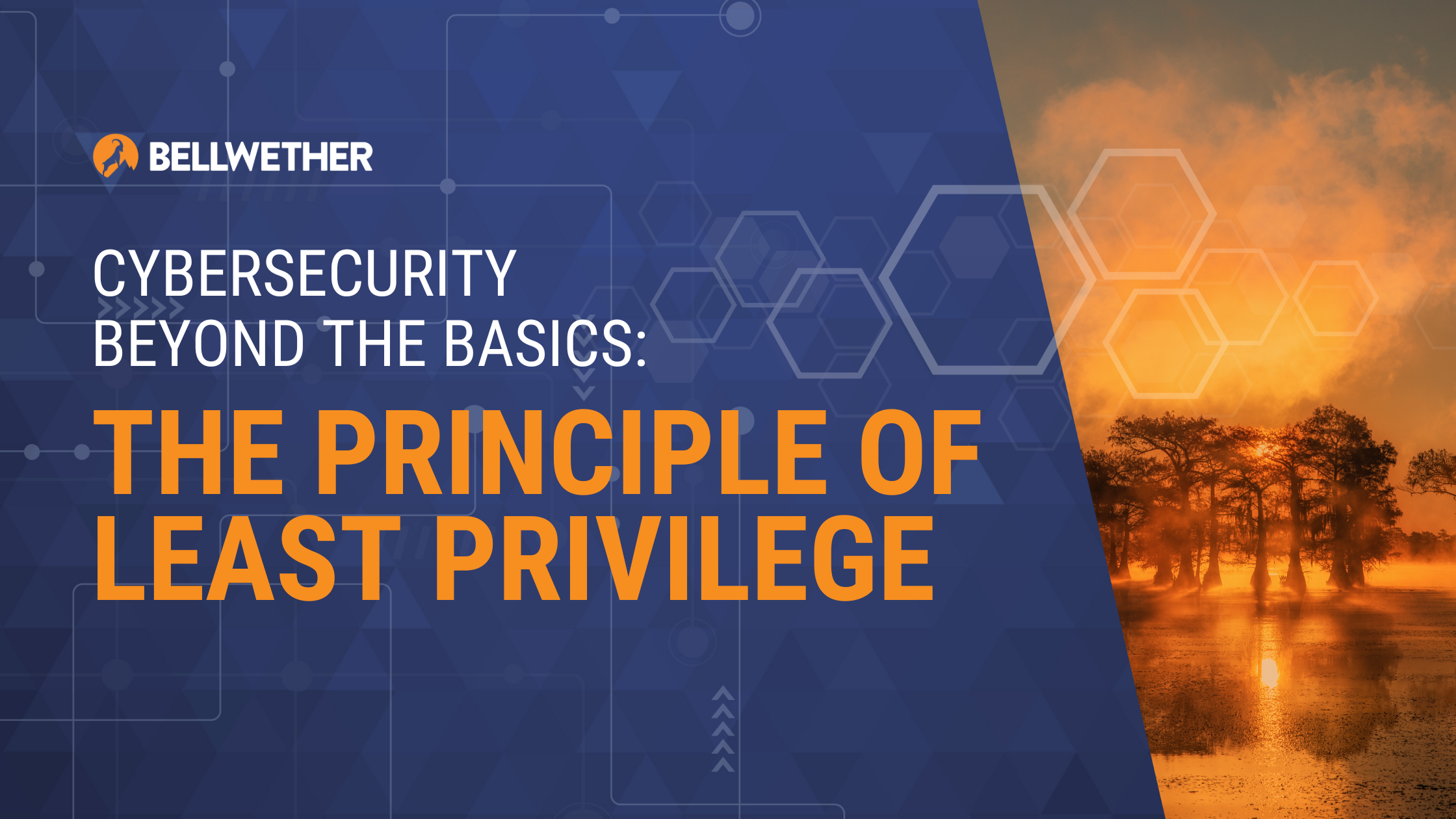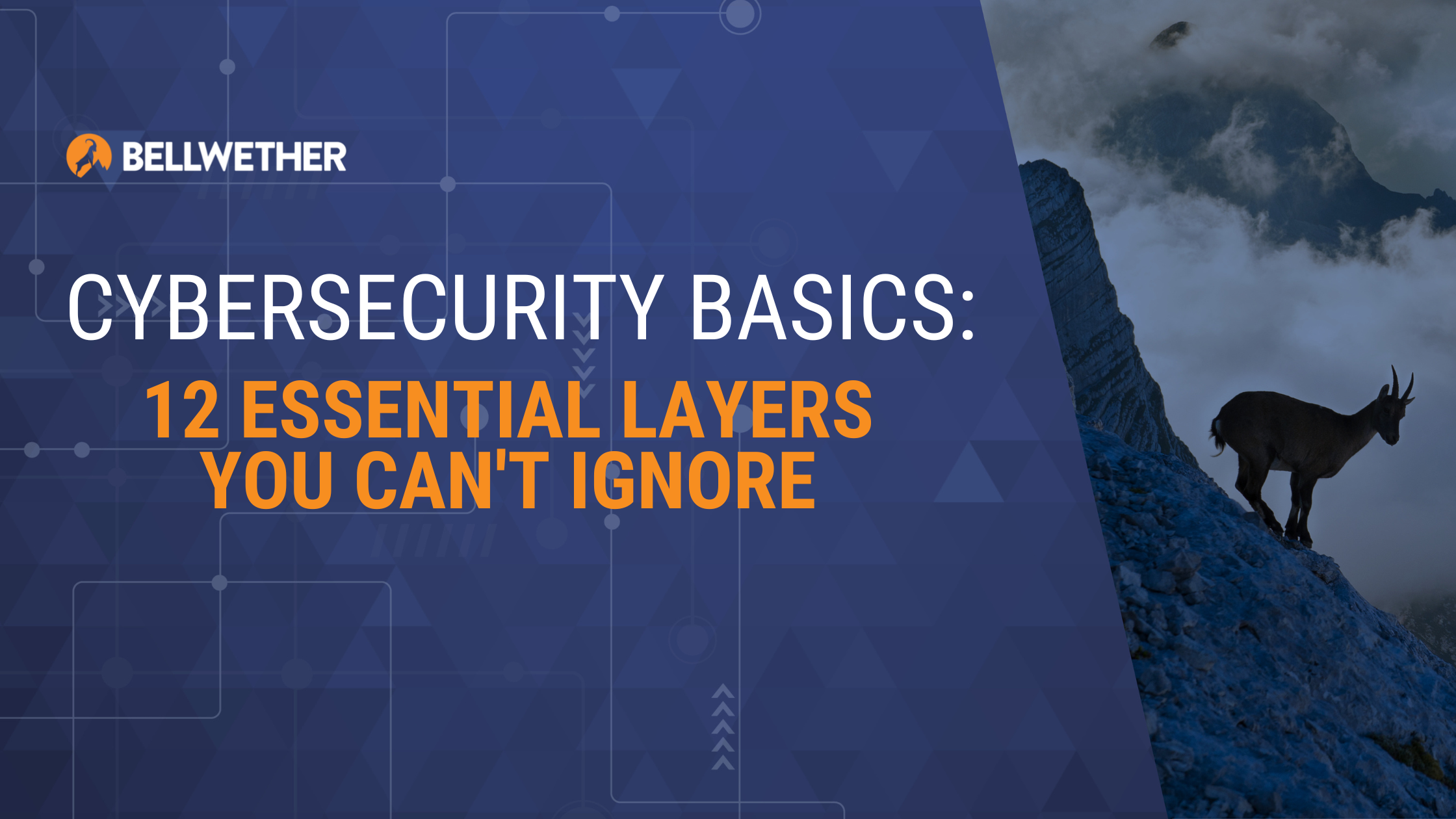
Cybersecurity can no longer be considered something straightforward that a small IT department can handle. In fact, security has become a critical business capability. Add to that the continuous evolution of cyber-criminal tools and tactics, and the security needs of small businesses aren’t that much different from what enterprise organizations have. That’s why more and more business leaders are turning to outsourced cybersecurity services to ensure that they’re managing business risk and building resilience into their organizations. Resilience is the ability to defend against cyber threats and to bounce back if and when a cyber-attack happens. When it comes down […]
Read More







